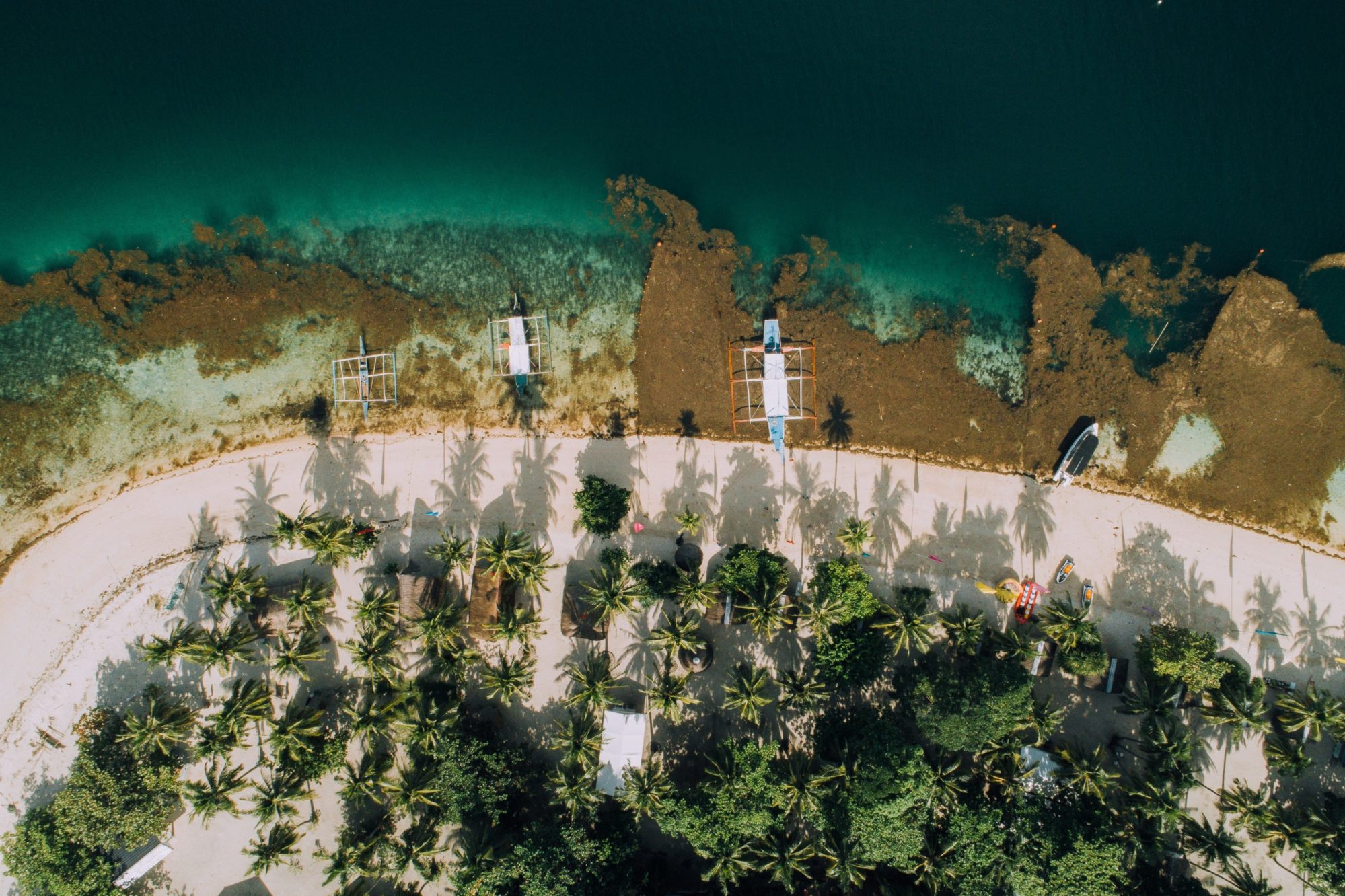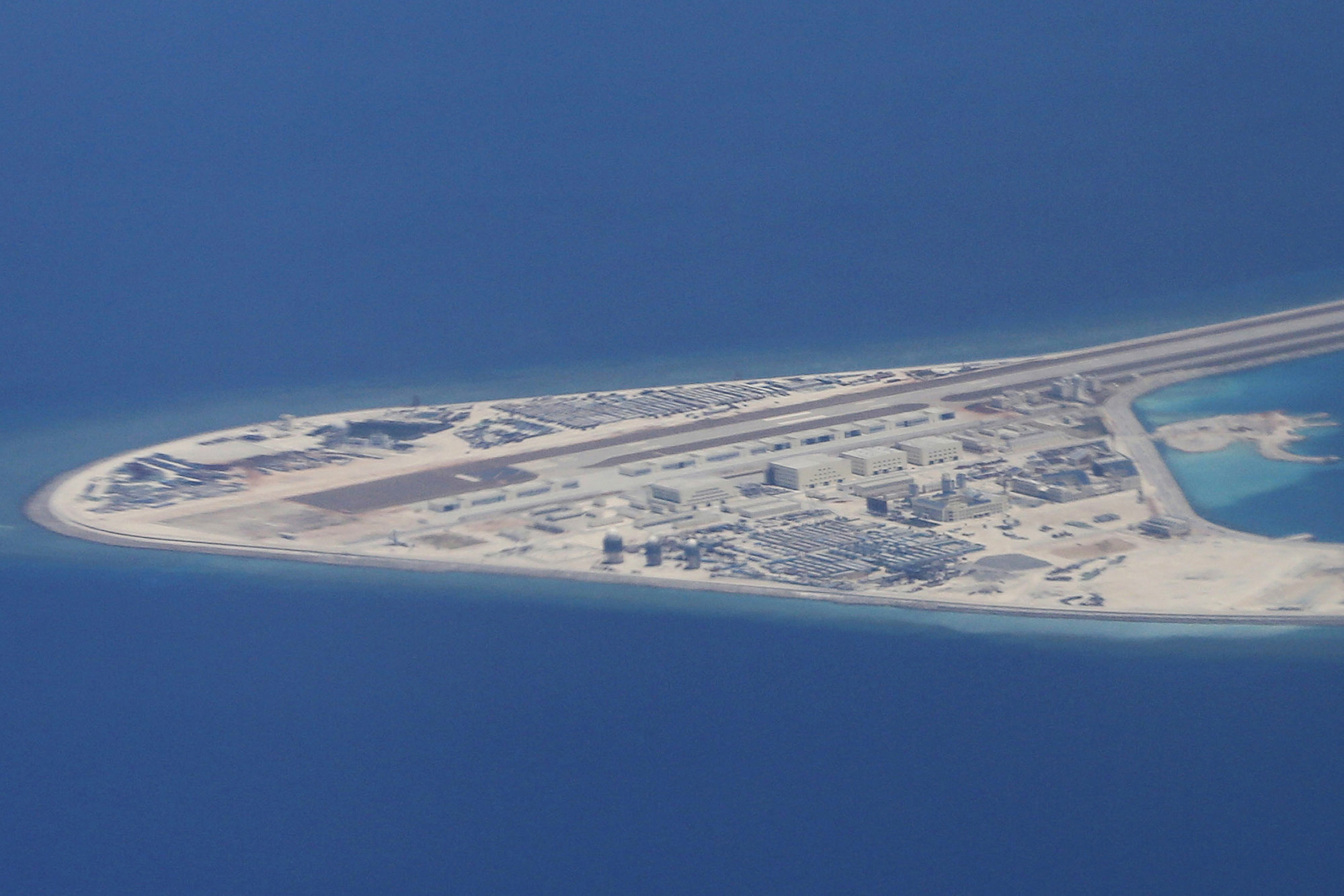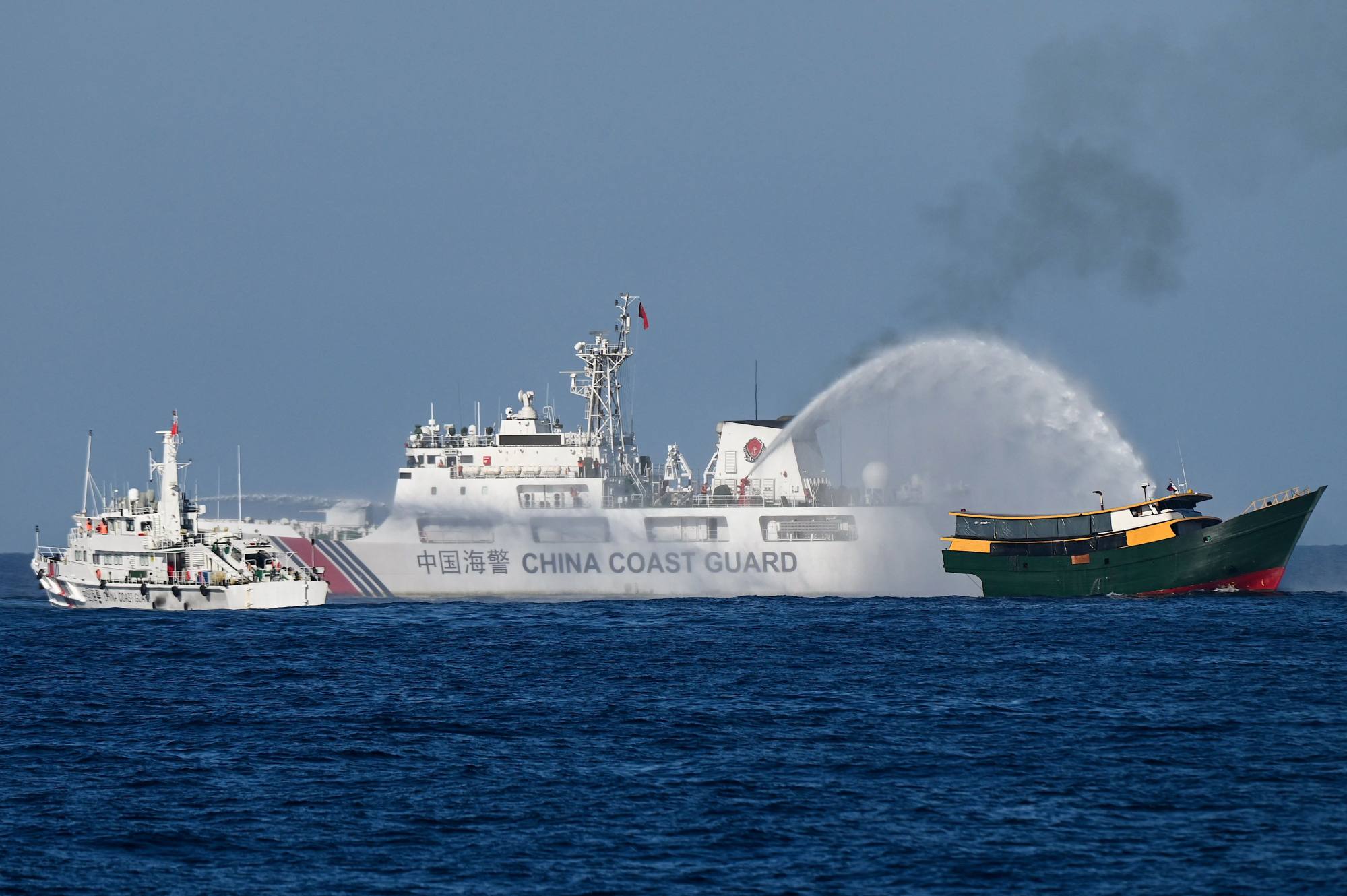“Which among the [claimant] countries in the South China Sea is involved in the wanton destruction of the marine environment? It’s only China. Who else can we blame? Only China,” Tarriela told reporters.
“No matter the reclamation, when it comes to the West Philippine Sea, it’s really alarming. But this is more alarming compared to Sandy Cay because it’s closer to the province of Palawan. As to the strategic relevance of Escoda Shoal, I don’t want to speculate to alarm the public but what I’m saying is, this is very close to Palawan,” he added.

In 2016, the Permanent Court of Arbitration at The Hague dismissed China’s claims to the South China Sea as delineated in Chinese maps. China rejected the ruling, insisting it had jurisdiction over its so-called nine-dash line.
Former Supreme Court Associate Justice Antonio Carpio said in an interview by ABS-CBN TV channel on Monday that China’s activities in the Escoda Shoal were to prevent the Philippines from extracting gas at the Reed Bank in the West Philippine Sea. According to a 2023 report by the United States Energy Information Administration, the Reed Bank could hold up to 5.4 billion barrels of oil and 55.1 trillion cubic feet of natural gas.
The Escoda Shoal was a good location to build an outpost given its location near the Reed Bank, Carpio said.
“Considering the [Philippine] coastguard found a pile of dead corals apparently put there together, this could be the precursor of island-building again by China to put up again an outpost near the Reed Bank,” Carpio said.
If Beijing were successful in building an outpost in the area, Manila would face difficulties in carrying gas exploration activities in the Reed Bank, he added.

“We should send our coastguard [vessels] there constantly. I think they should stay there permanently to prevent Chinese maritime militia from going there because it seems like the maritime militia vessels are the ones piling these dead corals.”
Manila should file a case against China to prevent Beijing’s illegal island-building activities, Carpio said. It should also step up joint patrols with its allies in the Rozul Reef and Escoda Shoal as Beijing could be trying to create another artificial island, he added.
Jose Antonio Custodio, a defence analyst and a fellow at the Consortium of Indo Pacific Researchers, told This Week in Asia that China could build an artificial feature on Sabina Shoal to interdict and harass the movement of Philippine vessels.
“For China, the value of constructing new artificial bases assists in its long-term goal to project into and beyond the Philippines and into the Central Pacific. The [oil and gas] resource potential in the West Philippine Sea draws China to it,” he said.
Chester Cabalza, president of Manila-based think tank International Development and Security Cooperation, said China’s purported reclamation activities threatened the security of the Philippines.
The strategic location of Escoda Shoal was important for Beijing for its “encirclement” of the BRP Sierra Madre, Cabalza said, referring to an old ship grounded on the Second Thomas Shoal to serve as an outpost for Manila.
“If China succeeds in possessing the Escoda Shoal, it becomes a buffer zone in case a shooting war occurs in the Second Thomas Shoal. This is also a key post to deliberately bar the Philippine coastguard from its regular resupply missions to the grounded naval vessel,” Cabalza said.
China carried out major construction activities from 2014 to 2015 at the Mischief Reef, located 129 nautical miles (239km) from Palawan.
Jennifer Parker, an Expert Associate at the National Security College at the Australian National University, said while it was unclear if the crushed corals were a sign of Beijing’s future land reclamation activities, Manila was understandably nervous about its discovery given the recent history of Mischief Reef.

“When China took control of Mischief Reef in 1995 it also placed buoys around Sabina Shoal. The proximity of Sabina Shoal to the Philippines’ mainland gave it cause for concern although more evidence would be needed before I would say China is undertaking land reclamation,” she said.
“If China is planning on attempting land reclamation at Sabina Shoal, it is likely that this is strategically important given its proximity to Mischief Reef. Should China gain control of Sabina Shoal and reclaim elements of it, it would extend the reach of its military capabilities at Mischief Reef and encircle Second Thomas Shoal, which is directly between Sabina Shoal and Mischief Reef,” she added.
When asked about the incident at Sabina Shoal, Tom Wu, director of the media section at the Chinese Embassy in Manila, told ABS-CBN that China’s “indisputable sovereignty over the South China Sea Islands and the adjacent waters” was based on history.
“Chinese activities in the South China Sea date back to over 2,000 years ago. China was the first country to discover, name, explore, and exploit the resources of the South China Sea Islands and the first to continuously exercise sovereign powers over them,” Wu said.
Additional reporting by Bloomberg

